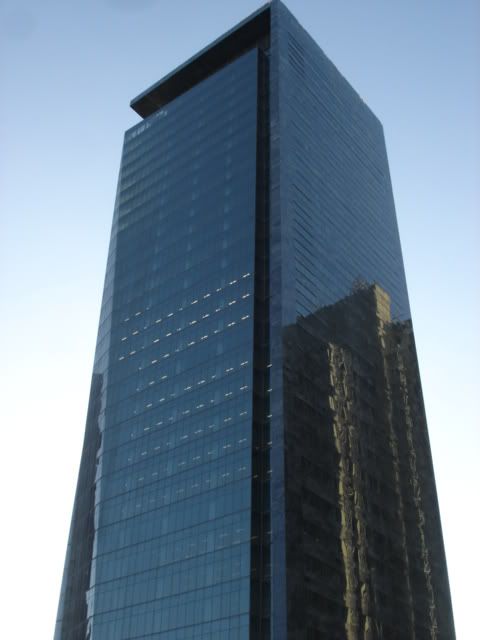Re: What's quicker, omni or rectangular lights?
I'm posting some of the test renders I did while experimenting with LC. I prefer images over text, guessing more people do as well.
Rendered with physical camera, light source is sky with one rectangular light inside the box.
First of is a series of four renders with different subdivision. You can see that there's hardly any difference in the resulting image except render time. (first image is missing sky as I forgot to remove the alpha in VFB)
IR (low quality) + LC




Next is a render with same settings as the third image, except this time the rectangular light is stored with IR. Notice the render time difference.

I'm posting some of the test renders I did while experimenting with LC. I prefer images over text, guessing more people do as well.
Rendered with physical camera, light source is sky with one rectangular light inside the box.
First of is a series of four renders with different subdivision. You can see that there's hardly any difference in the resulting image except render time. (first image is missing sky as I forgot to remove the alpha in VFB)
IR (low quality) + LC




Next is a render with same settings as the third image, except this time the rectangular light is stored with IR. Notice the render time difference.





Comment